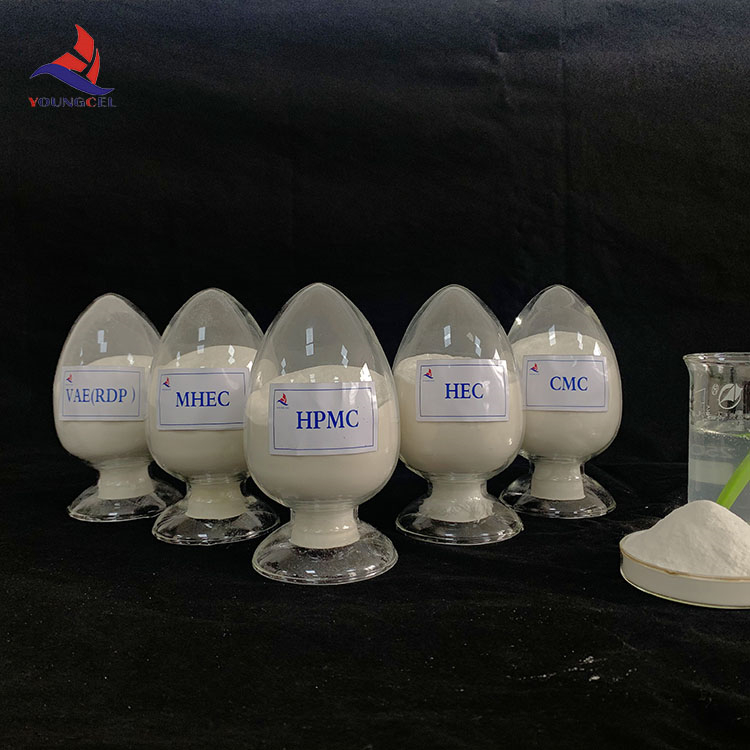Exploring Wall Putty and HPMC Enhancing Construction Quality
The construction industry is constantly evolving, with new materials and technologies playing a vital role in improving building performance and aesthetics. Among these materials are wall putty and Hydroxypropyl Methylcellulose (HPMC), both of which are crucial in surface preparation and finishing in construction projects. This article delves into the characteristics and applications of wall putty and HPMC, highlighting their importance in modern construction.
What is Wall Putty?
Wall putty is a white cement-based material, formulated to provide a smooth and even surface on interior walls before painting or applying decorative finishes. It is primarily used to fill imperfections, cracks, and small holes in walls, creating a flawless foundation for paint. The use of wall putty can significantly enhance the aesthetic appeal of a space while also prolonging the life of the paint applied over it.
One of the notable properties of wall putty is its excellent adhesion to various substrates, making it suitable for different types of wall surfaces, including concrete, plaster, and brick. Additionally, wall putty is relatively easy to apply and can be finished to a fine texture, providing a perfect smooth surface ideal for painting.
Role of HPMC in Wall Putty
Hydroxypropyl Methylcellulose (HPMC) is a non-ionic, water-soluble polymer derived from cellulose. It has gained popularity in the construction industry due to its multifunctional properties that enhance the performance of building materials, particularly wall putty. HPMC is used as a thickener, water retention agent, and film-forming agent, making it an essential additive in the formulation of wall putty.
The inclusion of HPMC in wall putty formulations offers numerous benefits
wall putti hpmc

1. Improved Workability HPMC enhances the viscosity of wall putty, making it easier to apply and spread over surfaces. This improved workability allows for a smoother application process, resulting in a more uniform finish.
2. Water Retention One of the critical roles of HPMC in wall putty is its ability to retain water. This property is vital during the curing process, as it prevents the putty from drying too quickly. Retaining moisture ensures that the putty cures properly, leading to better adhesion and durability.
3. Enhanced Adhesion HPMC contributes to the overall adhesion of wall putty to various surfaces. It creates a bonding layer that improves the grip of the putty on walls, reducing the likelihood of peeling or flaking in the future.
4. Flexibility and Crack Resistance With the incorporation of HPMC, wall putty exhibits improved flexibility, allowing it to accommodate minor movements and shifts in building structures. This characteristic helps mitigate the formation of cracks over time, making the painted surface more durable.
5. Eco-Friendly Properties HPMC is non-toxic and environmentally friendly, making it an attractive choice for use in construction materials. Its incorporation into wall putty aligns with the increasing demand for sustainable building practices.
Conclusion
The combination of wall putty and HPMC exemplifies the advancements in construction materials that enhance both the functionality and aesthetic appeal of buildings. With wall putty providing a perfect surface and HPMC enhancing its properties, these materials are crucial in modern construction practices. As builders and homeowners alike strive for high-quality finishes in their projects, the role of wall putty and HPMC will continue to be paramount in the pursuit of perfection in interior wall treatments.
As the construction industry progresses, embracing innovative materials like wall putty and HPMC can lead to superior outcomes in terms of efficiency, durability, and aesthetics. In a world where first impressions matter, the significance of a flawless wall finish cannot be overstated. Therefore, integrating wall putty and HPMC into construction standards is not just a trend; it is a necessity for achieving excellence in building quality.
-
The Versatility of Industrial Additives: Mhec, Hpmc, And Wall Putty SolutionsNewsMar.28,2025
-
The Importance of HPMC in Modern IndustriesNewsMar.28,2025
-
Partnering with Reliable Manufacturers for Optimal ResultsNewsMar.28,2025
-
Enhancing Construction Performance with Redispersible Polymer PowdersNewsMar.28,2025
-
Enhancing Construction and Household Products with Advanced AdditivesNewsMar.28,2025
-
Building Strong Foundations with Key Construction MaterialsNewsMar.28,2025






